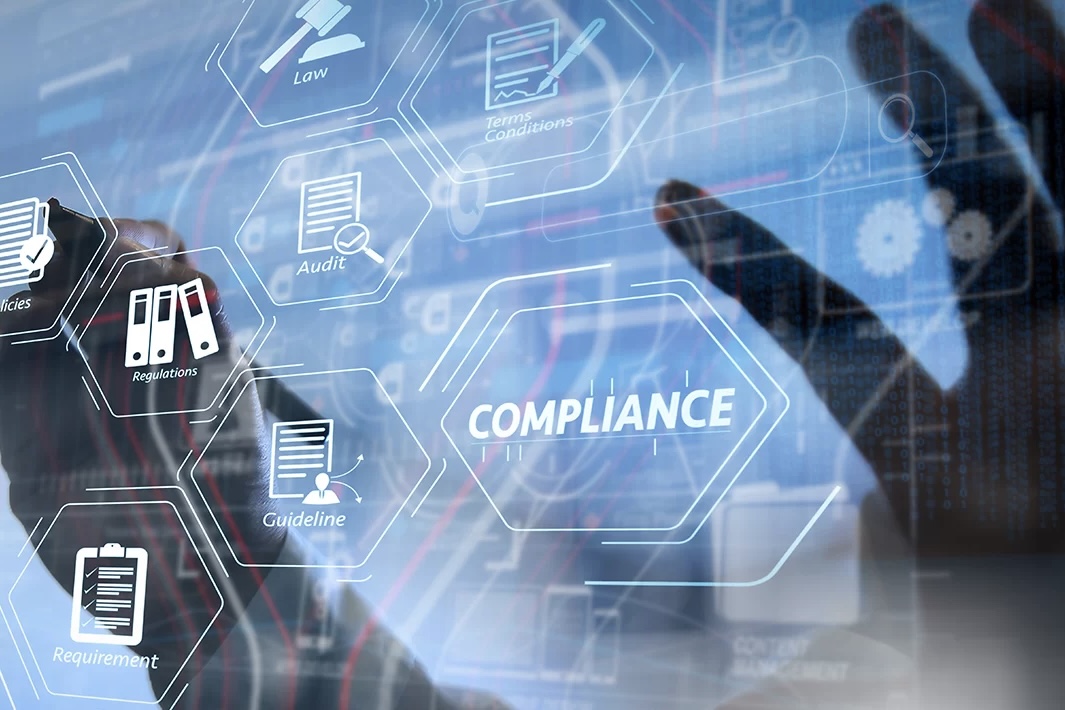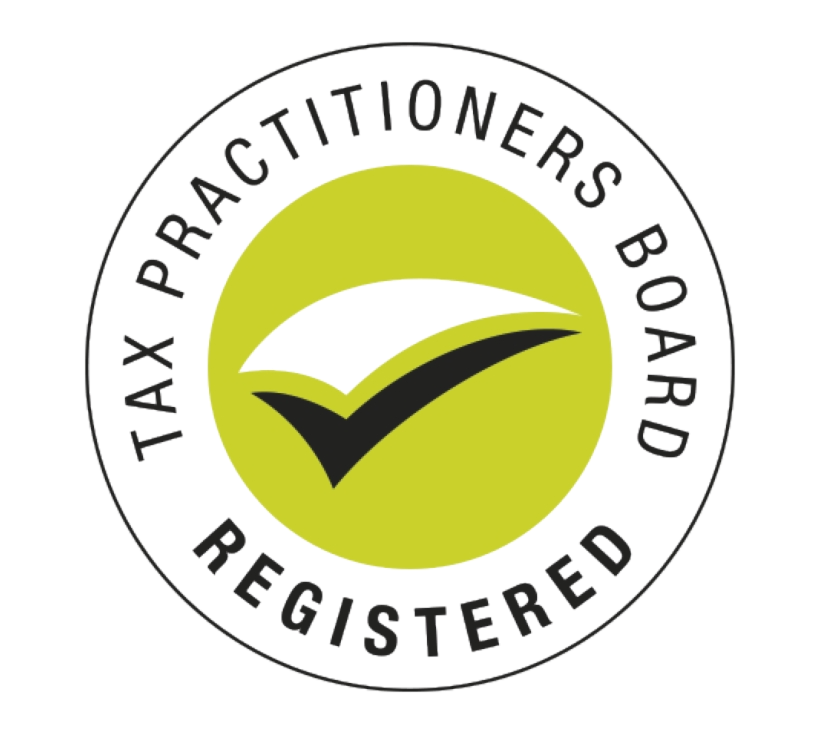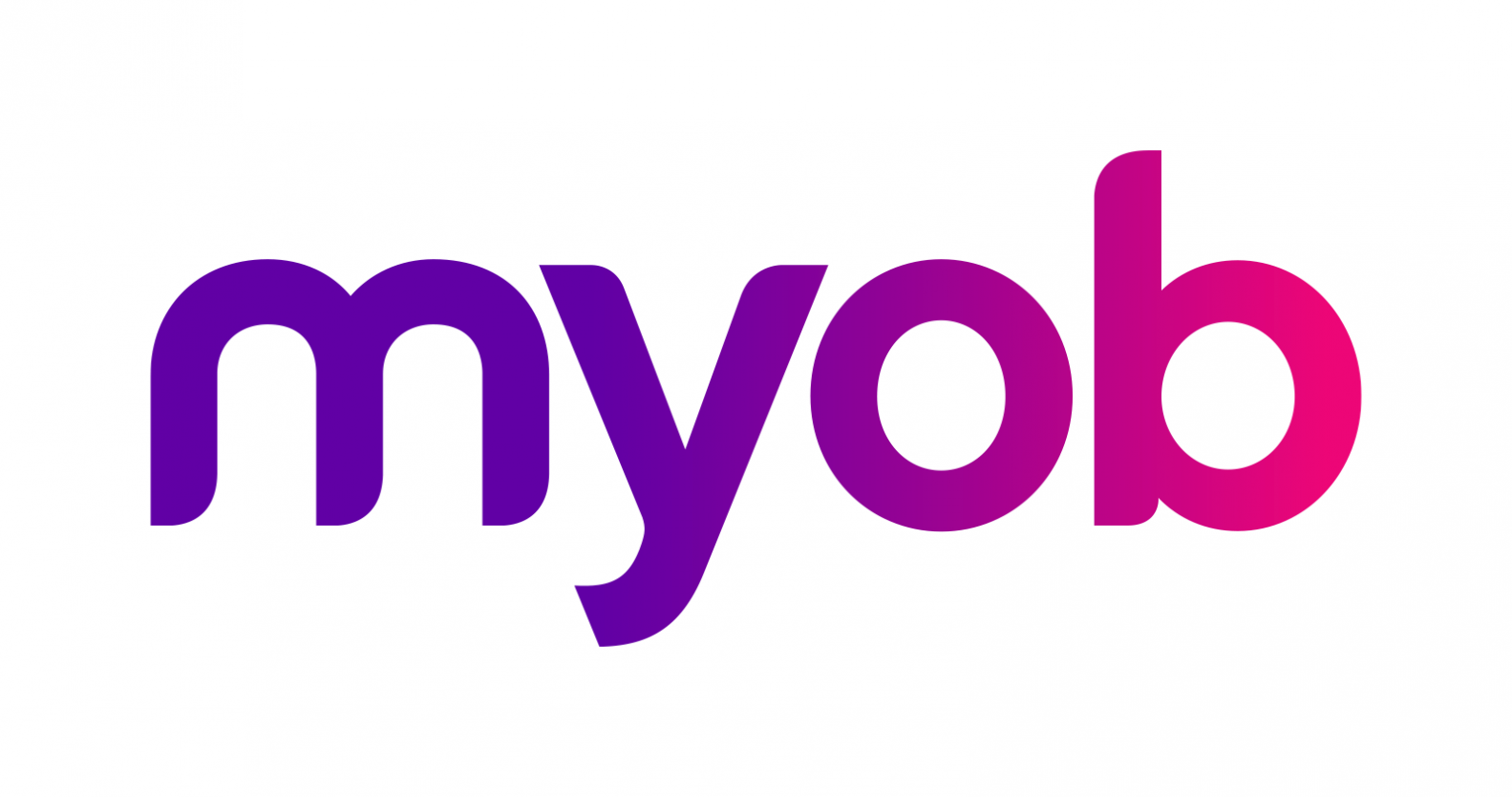With tax time in full swing, it’s crucial to keep your business secure online by implementing systems and processes that help reduce the risk of a cyber event. It’s also essential to plan for what you’ll do if a cyber-attack occurs.
Every Australian business, regardless of size, is a target for cyber-attacks. While there are practical steps you can take to enhance your business’s cyber security, it’s vital to make these steps part of your business habits. This includes safeguarding accounts, protecting devices and information, and preparing your staff to identify cyber threats.
To help reduce the risk of a cyber breach:
- Run the latest software updates to ensure your operating system and antivirus are current.
- Always access online government services, like myGov, by typing the address into your internet browser yourself.
- If something doesn’t seem genuine, don’t engage with it. Visit ato.gov.au/scams to verify or report the contact and see examples of the latest ATO impersonation scams.
- Educate staff on scam and cyber security awareness.
- Always be cautious when clicking links and providing personally identifiable information. Note that we’ve removed hyperlinks from all outbound unsolicited SMS, making it easier to identify legitimate SMS messages from us.
- Never give out personal information over social media – we’ll never ask you to do this, and we also don’t use private messaging. Block the account and send a screenshot of the profile to ReportScams@ato.gov.au.
- Hang up on suspicious phone calls claiming to be from the ATO. Always phone us back on a number you have looked up yourself.
The Australian Signals Directorate, through the Australian Cyber Security Centre, is the Australian Government’s leading authority for cyber security advice and help. Visit their website to learn how to protect your business and employees from common cyber security threats faced by Australian businesses.
Ref: ATO website
Please contact Wiselink Accountants if you require further information









